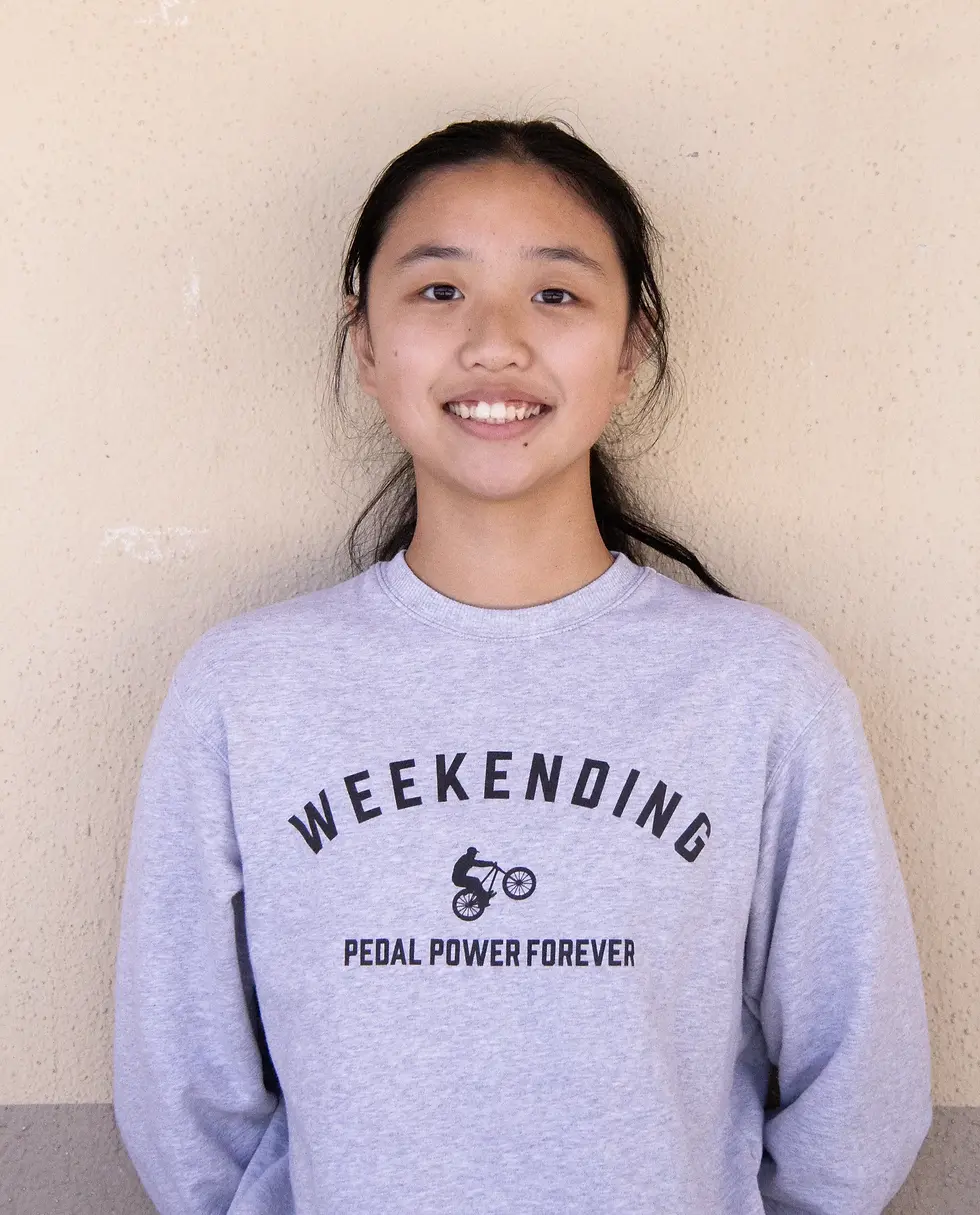Digitizing the future of comics
- Jane Hong
- Feb 14
- 3 min read
By Ariel Lee & Izabella Zhu Feb. 12, 2025

With an increasing popularity of the World Wide Web in the late 1990’s, the webcomic industry was brought to life: digital comics blossomed almost immediately, as the masses of artists online were eager to publish and expand their work online for free. While originally emerging as just an endeavor to avoid censorship, the method of publishing quickly attracted creators and audiences alike through a shared desire of authoring or perusing digital comics.
Webcomics, or comics published online, are a form of visual storytelling that allow creators to self-publish their work on different platforms. Their popularity grew during the early 2000s, with comics such as “PvP” by Scott Kurtz and “Penny Arcade” by Jerry Holkins and Mike Krahulik making cameos. Originating in South Korea, webcomics gained worldwide popularity starting in the early 2010’s, particularly among teenagers. Webcomic platforms such as Webtoon, known for their vertical scrolling format, allow creators to publish directly to a global audience. Their algorithm helps match content with readers’ preferences, enabling creators to swiftly gain visibility.
“Webcomics are beneficial to readers because they offer more artists, genres and content variety. Meanwhile, traditional printed comics are difficult and inconvenient to access and advertise due to their pricey production,” Freshman Ava Williams said.
Moreover, the accessibility of digital tools has also played a pivotal role in shaping the webcomic industry; digital drawing tablets and software such as Photoshop and Clip Studio Paint have enabled artists to experiment with unique layouts, like vertical scrolling, which enhances pacing for mobile readers. Webcomic platforms often support features like animated panels, soundtracks and interactive storytelling, making them more dynamic than traditional comics. According to a report done by Grand View Research, webcomics stand apart from conventional comics by reflecting a broader range of art styles and providing fresh ways to engage readers in the digital age.
Unlike traditional comics, which can be difficult to find and purchase, webcomics are available online at any time, typically being offered for free and on mobile apps. Many platforms foster community interaction, allowing readers to leave comments, interact with authors and build a sense of loyalty and connection around the stories. The growing trend of adapting webcomics into K-dramas has further amplified their popularity, introducing these stories to even broader audiences. For example, “True Beauty” by the artist Yaongyi was developed into a popular on-screen drama, which rapidly boosted views for the webtoon and the artist. While some viewers were against certain changes in the plot, others enjoyed it, claiming that the new scenes of comedy and character development were necessary for the drama. Several other popular webtoons have film adaptations, such as “All of Us Are Dead,” “Sweet Home,” “Love Alarm” and more.
Additionally, the platforms’ flexibility allows artists from different backgrounds to share their comics without the influence of mainstream market needs, incorporating diversity and newfound principles of thinking into these pieces. According to an analysis website from the University of Florida, the variety of artistic representations are a prominent attraction, unlike traditional comics, which mostly follow a monochrome palette and cartoon or western style, webcomics are an explosion of color, design and contrast.
“In the future, webcomics will continue to grow and guide future generations of artists. Developing comic artists will be able to learn and add on to stories and memories of the past, engraving a community of support, trust and creativity in our society,” Sophomore Emma Wang said.
Essentially, webcomics are an enticing way for artists to expand their horizons and experiment with new styles. Artists from any background continue to produce unique works of art, reflecting the influence of technology, as it continues to transform alongside the future of visual storytelling. Thus, as the community prevails, so does artistic creativity, innovation and curiosity.
About the Contributors

Ariel Lee
Staff Writer
Ariel Lee is a freshman at Leland High School and is a page writer for her first year in journalism. In her free time, she likes to sleep, do nothing, binge shows (kdramas), and listen to music.

Isabella Zhu
Staff writer
Isabella is a Staff Writer/Artist, and this is her first year in Journalism. Isabella is deathly scared of running, but does cross country anyways. Her favorite things to do outside of journalism are eating, walking, and sleeping.

Lyn Kang
Artist
Hyunsuh Kang is a junior at Leland High School and is the artist . During her free time, she enjoys watching movies, sleeping and listening to music such as pop


















コメント